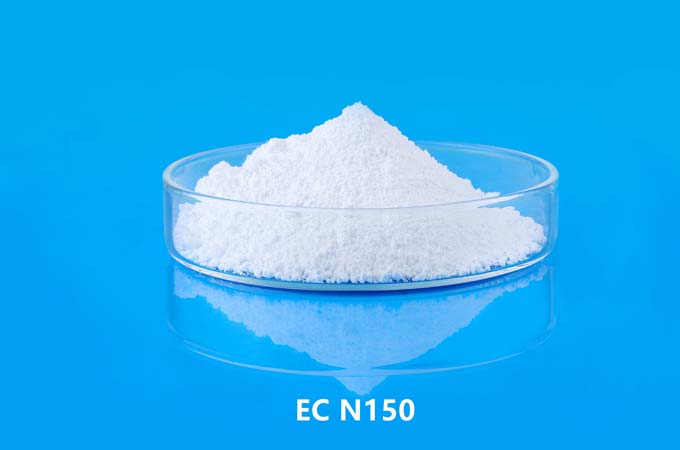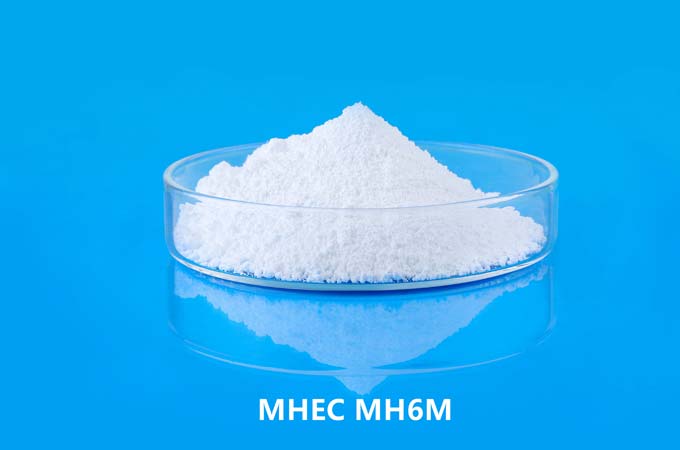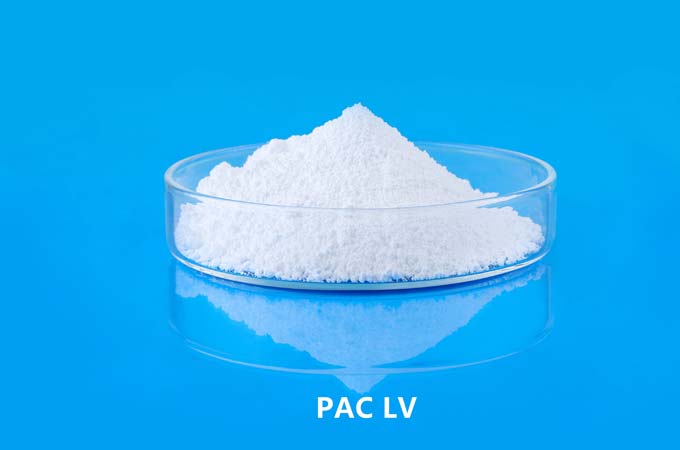Protein beverages have developed rapidly in my country in recent years. One of the reasons is that consumers have gradually shifted from simply satisfying carbonated beverages for relieving heat and thirst to nutrition, health care, and functional requirements. The traditional milk powder market is gradually declining, while the liquid milk market is rising significantly. As a nutritional and health-care lactic acid bacteria beverage, with the purification of various strains and the improvement of technology, the quality is also improving day by day, and it is welcomed by consumers at all levels. Milk is a mixture of various substances, with a water content of about 88%. Various substances in milk form a dispersed and stable system. However, during the fermentation and production of yogurt beverages, for example, nutrition enhancers are added to the beverages, which will cause changes in the salt composition and solution density of the milk solution; the pH will decrease; heat treatment will have a great impact on the stability of milk. Therefore, CMC is widely used in acidic protein drinks as an excellent emulsification stable thickener. The microorganisms used in yogurt fermentation are mainly Lactobacillus and Streptococcus lactis. Under the action of lactase, lactose is first decomposed into monosaccharides, and then lactic acid is generated under the action of lactic acid bacteria. After lactic acid fermentation, the acidity of milk is increased. 80% of milk protein is casein.
The elemental analysis values of protein are as follows: C: 53.5%; H: 7.1%; N: 15.6%; phosphorus: 0.8%; sulfur: 0.6%. A mix of about 75000-375000 range. Lactic acid is very important in the process of yogurt processing. It destabilizes casein and changes the sol calcium-phosphate complex in casein colloid into soluble calcium/phosphate components, which gradually diffuse into water. With the depletion of calcium in the colloid, the casein coagulates at a pH value of 4.6-4.7, so that the milk protein coagulates to form curds, and yogurt products are obtained.
Mechanism of CMC As Lactic Acid Bacteria Beverage Stabilizer
The use of stabilizers in yogurt products is mainly to increase the viscosity of yogurt and improve its texture, state and taste. The application of CMC in set yogurt can prevent whey precipitation of the finished product during the shelf life and improve the structure of yogurt. Casein molecules undergoing Brownian motion in water due to the action of gravity, coupled with the repulsion of charged particles, and the lactic acid generated by the action of lactic acid bacteria, when the pH in milk is close to the isoelectric point of casein, if the charge is lost, it will Precipitation occurs to form a so-called gel, but if the gel is broken under stirring, a suspension of casein will be obtained, and if it is still, it will gather again and precipitate. At this time, if CMC is added, the viscosity of the solution will not be increased, and the hydrophilic groups on the surface of the casein particles will combine with CMC to form a surface film, forming a stable suspension. Experiments have proved that adding ten times the water will not form a solution even if it is still. precipitation.
However, the thermal stability of general stabilizers is poor. If the above-mentioned colloid is heated, the casein particles will gather and solidify again due to the destruction of the surface film. At this time, there is no hydrophilicity in the thermally coagulated casein particles. Will not redisperse in water. Now CMC is generally used as a stabilizer for yogurt. Because CMC is negatively charged and has good thermal stability, it combines with the protein base in yogurt to form a dispersion system at pH 4-5, and coagulates at an acidic pH. precipitation. The size of this pH value is related to the type of protein and the properties of CMC, and it is roughly between 4.6-5.5. According to Stokes' law, the sedimentation velocity of particles in beverages is proportional to the difference between the square of the particle diameter and the density of the particles, and inversely proportional to the viscosity of the liquid. The smaller the settling velocity, the greater the dynamic stability of the suspension. The use of high-viscosity CMC products can not only reduce the density difference between protein particles and feed liquid, but also increase the viscosity of feed liquid, so as to achieve the effect of stabilizing the system. However, high viscosity will bring bad mouthfeel to the beverage, and make it difficult for various local flavors of the beverage to be well developed. Quantum Hi-Tech has developed and produced FL100 product in response to the above contradictions and customer needs. The biggest feature of this product is low viscosity, high substitution degree, and good substitution uniformity. Therefore, the acid and salt resistance and suspension stability of this product are outstanding.
Raw Fiber
In the molecular structure of cellulose, the positions of the three hydroxyl groups in each anhydroglucose unit are different, and their reactivity is different. The order of their dissociation tendency is: secondary hydroxyl > primary hydroxyl > tertiary hydroxyl, which is known from the molecular conformation of cellulose The hydrogen bond existing between the tertiary hydroxyl and O makes the reactivity of the tertiary hydroxyl less. Molecules in natural cellulose are composed of cellulose long-chain molecules that are arranged continuously from oriented and densely arranged to loose and disordered states to form crystalline regions and amorphous regions. There are many hydrogen bonds between molecules in the crystalline regions, and disordered arrangements in the amorphous regions. Except for the tertiary hydroxyl group bound by intramolecular hydrogen bonds, the accessibility of other hydroxyl groups is basically the same, and the reaction selectivity of secondary hydroxyl group and primary hydroxyl group is slightly different due to the influence of environment. Therefore, the crystallization region of cellulose is an important factor affecting the uniformity of etherification. In addition, the uniformity of the molecular weight distribution of raw cellulose is also an important factor affecting the uniformity of etherification. Therefore, our company requires fixed points and models for refined cotton of specific types of products, communicates with refined cotton production units, and requires refined cotton production units to classify cotton linters according to requirements. We try to use moderate crystallinity and uniform molecular weight distribution. raw materials.
In the case of small differences in the accessibility of hydroxyl groups on the anhydroglucose units, the etherification uniformity is affected by the reactivity of the substituents, the steric position of the substituents, and the low substitution height. Each hydroxyl group in the anhydroglucose unit has different steric resistance to the substituent group, and the large substituent group is more likely to be substituted on the primary hydroxyl group with less resistance. A higher degree of substitution means that the relative content of unsubstituted units is less, and the etherification uniformity is relatively better.
In the production of CMC, the diffusion speed and reaction speed of reactants affect the uniformity of etherification, and the etherification is uniform when the diffusion speed is greater than the reaction speed, and vice versa. Usually the etherification reaction speed is greater than the diffusion speed of the etherification agent, slowing down the reaction speed or increasing the diffusion speed is conducive to homogenization. Under the conditions of the existing process equipment, our company makes the etherification reaction tend to be homogeneous through the technical improvement of the equipment, the adjustment of the formula structure and the research of the new process.
In Conclusion
As a stabilizer for lactic acid beverages, CMC has good anti-sedimentation effect and certain thermal stability. It also has the advantages of not increasing the viscosity of beverages, preventing whey precipitation, and improving the structure of yogurt.
The degree of substitution of CMC is uniform, the degree of polymerization is uniformly distributed, and the molecular weight control is the main physical and chemical index of CMC used in the preparation of lactic acid beverages. FL100 brand CMC is more suitable.
 English
English 日本語
日本語 français
français Deutsch
Deutsch Español
Español italiano
italiano русский
русский português
português العربية
العربية Türkçe
Türkçe Nederland
Nederland



